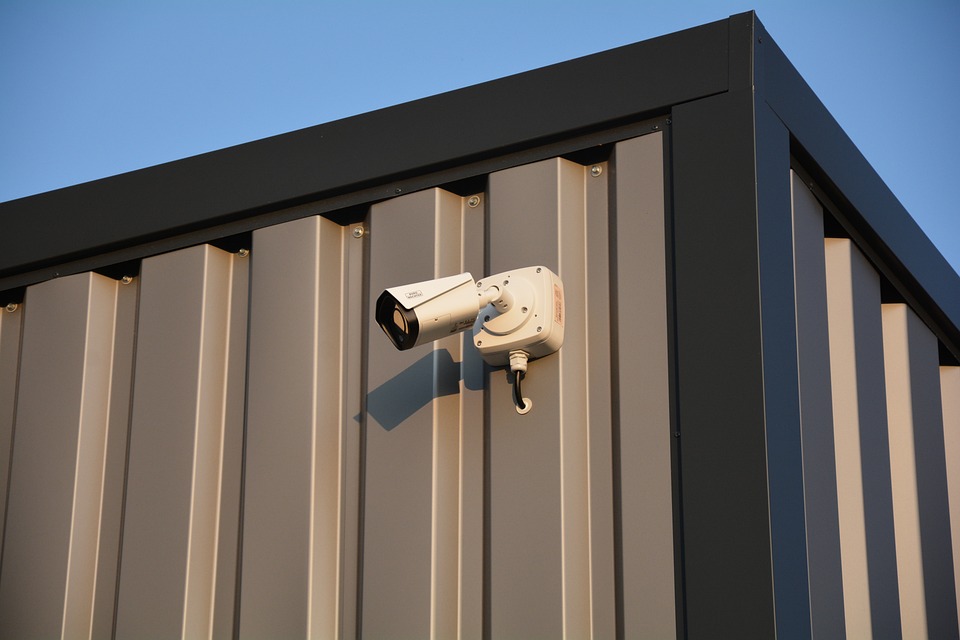
Video security is a staple in a facility’s physical security strategy. When planning your security strategy, you must consider which CCTV surveillance technologies to choose.
So, what are the latest developments in the CCTV security industry?
Keep reading as we discuss the top trends to look out for when planning your video security strategy. This guide will help you to stay aware of the top tools and technologies to upgrade your security strategy.
Cloud-Based Surveillance Systems
Cloud-based systems are quickly dominating the security industry, becoming the preferred option over an on-premise system. On-premise security systems are quickly becoming outdated and pose many issues in your security management procedures, including:
- On-premise systems have complex wiring infrastructure connecting devices to servers, making security more difficult to manage and scale as your business’s needs increase.
- The servers with an on-premise surveillance system require storage and consistent maintenance. You might experience system downtime while waiting for a service engineer to come to your location.
A cloud-based surveillance system is the latest security camera technology that helps to mitigate these issues by providing a more modern and sophisticated solution. Below, you will find some attractive features to help you understand the benefits of cloud-based video IP camera technology for surveillance.
- Wireless connectivity - security cameras can connect to servers via WiFi (News - Alert), Bluetooth, and cellular communication in a cloud-based surveillance system.
- Reduced server reliance - since your security data is stored in a cloud-based location, a cloud-based security system reduces your reliance on server storage.
- Over-the-air updates - your service provider can perform troubleshooting and software updates over the air for your cloud-based surveillance system. This means you will only need to rely on visits from service engineers less frequently.
- Open API integrations - a cloud-based surveillance system allows you to expand the function of your security investments by applying software integrations.
- Scalability - since there is no need for complex wiring infrastructure with a cloud-based system, you can quickly scale your system as your business grows.
- Remote operation features - your security team can remotely operate your security cameras, shifting the frame and viewing security data from their mobile devices. This allows for more agile security evaluation and threat investigation.
Integrated Access Control And Video Security
One of the most significant weaknesses in access control is the potential for a user to enter the building using stolen access credentials. Many businesses are leveraging the open API integrations of cloud-based access control and video security to prevent this from happening.
If you had only on-premise and unintegrated systems, you would need to retrieve data from different platforms and correlate timestamp information to verify identity. However, this can be highly time-consuming and difficult to perform on a large scale.
By leveraging the open API integrations of access control and video security, you can ensure that both access logs and video security feeds are available on a single platform. This way, your security professionals can quickly identify users and ensure they are authorized to enter the building.
Furthermore, if you wished to automate the identity verification process, you could implement facial recognition software. The tool would ensure that all users’ identities match the access credentials they use to enter the building.
Software Integrations
In addition to integrating different security tools, consider enhancing the function of your camera system by applying software integrations.
Video Analytics Software
Video analytics software is a tool that helps security professionals use video security to prevent crimes on the property. Typically, your video surveillance system only serves to provide evidence of a crime on the property, aiding in an investigation or insurance claim.
Your security team will not be able to view your security footage at all times to detect a potential security threat. They may have many other duties to attend to on-site, or there may be too many cameras to monitor simultaneously.
Video analytics software automates the video monitoring process to detect any potential threats on site. It will provide your team with an alert for any threats, allowing them to respond instantly and increasing the likelihood of incident prevention. The software uses object recognition to spot weapons and can alert you to any intruders on-site during closing hours.
License Plate Recognition
You can implement license plate recognition and video surveillance systems to secure your parking facilities. You can even pair this system with your parking lot gated security to ensure that only authorized vehicles can enter your parking space. Restricting this space will ensure that your employees and building users will always be able to access parking and will allow you to spot any incidents involving forced entry.
Summary
Security camera technology is advancing, providing security professionals with more surveillance features. Cloud-based access control allows security teams to mitigate the inconvenience of an on-premise system. Software integrations also enable security teams to automate processes and utilize their surveillance systems for.
